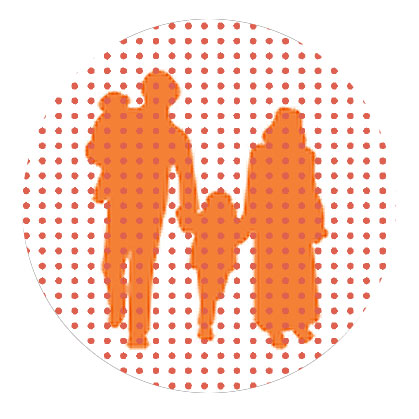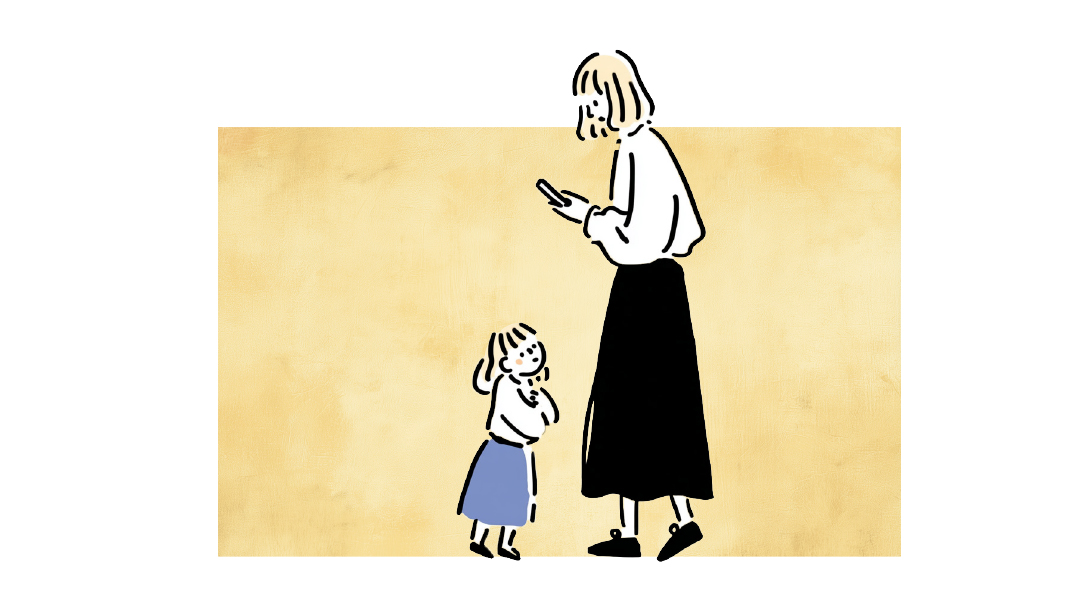Social Anxiety

The difference between shyness and social anxiety is on the inside

ON
the outside, the socially anxious child, teen, or adult may simply appear to be shy or introverted, meaning they prefer to interact with a small number of familiar people or to stay home. A shy youngster may not speak much in a setting with “new” people. Although an introvert may be able to perform quite well socially, they’d really rather go home to pursue personal interests and activities. They’re drained by socializing.
A socially anxious person may have both these characteristics — they may be quiet and have a desire to go home. The difference between the socially anxious person and the shy or introverted one is on the inside, where it can’t be observed by onlookers. That’s why professional assessment is needed to differentiate between the conditions.
The Inside Story
The socially anxious youngster or grownup has a very noisy brain. While interacting with others, they’re also listening to a voice in their head. This voice is a critical, judgmental one rather than a helpful guide. “Don’t say that, they’ll think it’s dumb,” “She probably thinks you look weird,” “He doesn’t like you,” “Stand up straight,” “They’re not interested in what you have to say,” “Well, that was a boring comment!”
It’s difficult to listen to two people talking at once. Try it yourself sometime: ask one person to tell you a story while standing on your left side and another one to tell you a different story while standing on your right. You’re likely to have trouble following either story.
In real life, the socially anxious person is simultaneously listening to a speaker and to the distracting comments going on in her head. As a result, she loses track of what the actual speaker is saying and has trouble responding appropriately. This only reinforces the idea she already has that she comes across poorly to others. In fact, her stilted remarks and lack of ease may cause her to come across poorly.
Treatment
As kids acquire skills, maturity, experience, and competence, their shyness often diminishes. In other cases, timidity is simply a part of a person’s makeup and will be a lifelong trait. Introverts tend to stay introverted (preferring their own company and activities to engaging in large social scenes) throughout their lives.
Socially anxious people can become less socially anxious over time, provided they do something to reduce their anxiety. Anxiety conditions tend to worsen over time when left on their own.
Although there are many things that can be done to interrupt and eventually unwire the anxiety in the socially anxious brain, we’ll look at three of the most important ones. In severe and/or long-standing cases, the help of a therapist is recommended. However, many people can make significant progress on their own, and many can help their children as well, once they have reason to believe that social anxiety is at play.
The first strategy is to practice moving attention outward. If you’re listening to an internal voice while in a crowded room, focus attention on what’s happening in the crowded room. If you’re listening to inner judgment while reading in front of the class, focus your attention on the words you’re reading and not on the voice in your head. To break the habit of trying to pay attention to both the inner dialogue and the outer experience, the socially anxious child or adult will have to notice that his attention is divided, and then practice moving it outward.
At first, this will be challenging. However, like all new skills, it will gradually become easier.
When external focus seems to be mastered, it’s time to try the next skill. This one focuses on conducting what CBT professionals call “experiments.” One way to do this is to write down your performance worries before attending a social situation (in order to cure social anxiety, we must avoid avoidance at all costs! Keep going out to be with people).
Then, write down two or three things you can talk about or do to feel successful in the social situation.
The third task is to record how a social situation turned out, focusing on what went well. “I talked for a few minutes to a few different people. The conversations were short but went well.”
Practicing all of these steps repeatedly can help reduce suffering and increase the pleasure of being with others.
(Originally featured in Family First, Issue 819)
Oops! We could not locate your form.




